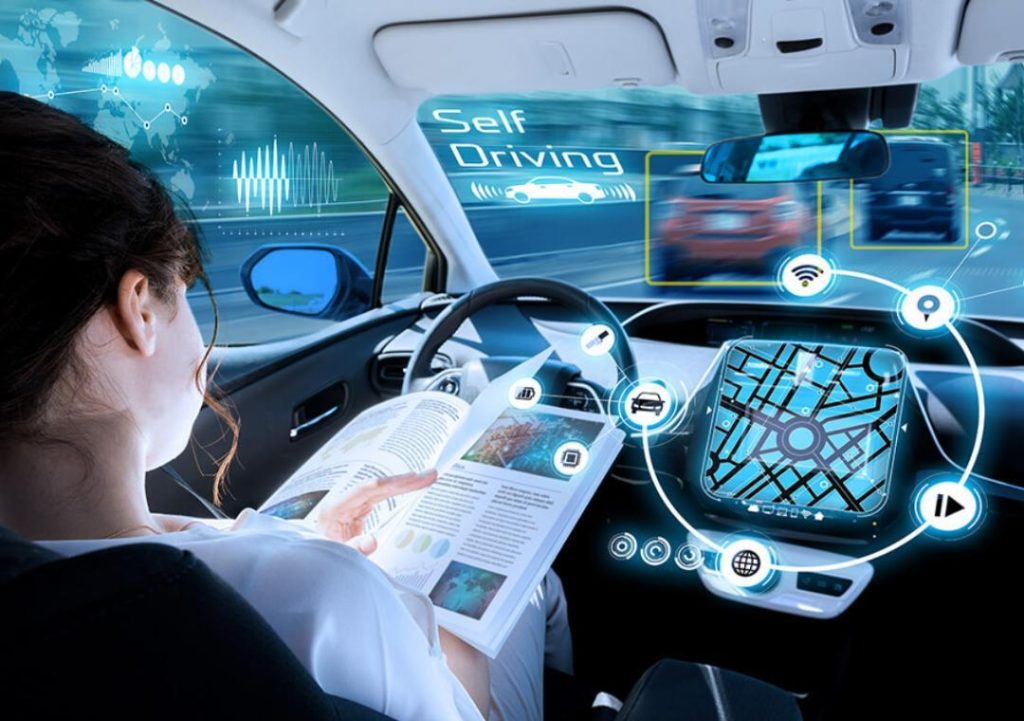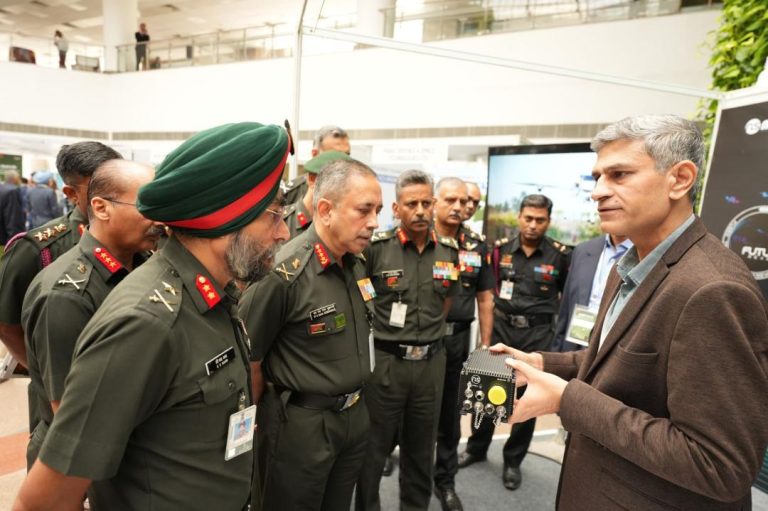
Can Cars Really Think for Themselves Now?
The era of self-driving cars is upon us, and the advancements in connected technology are revolutionizing the way we drive. Today’s vehicles are no longer just machines, but intelligent systems packed with sensors, data processors, and artificial intelligence (AI). This integration of technology has enabled cars to analyze driving behavior, learn from traffic patterns, and even suggest routes or maintenance – making driving safer, smarter, and more personalized than ever before.
As we navigate the roads, our cars are constantly collecting and processing data. This data is used to improve our driving experiences, anticipate our needs, and even predict potential hazards. With the help of AI, cars can now make decisions independently, without human intervention. This has opened up a world of possibilities, from autonomous vehicles to advanced driver-assistance systems.
Advanced Driver-Assistance Systems (ADAS)
ADAS is a critical component of connected technology in the automotive sector. These systems use a combination of sensors, cameras, and radar to detect and respond to the environment around the vehicle. ADAS can perform tasks such as lane departure warning, blind-spot detection, and automatic emergency braking.
For instance, a car equipped with ADAS can detect a pedestrian stepping into the road and automatically apply the brakes to prevent a collision. This level of automation is not only impressive but also enhances road safety and mitigates the risk of accidents.
Autonomous Vehicles
Autonomous vehicles take ADAS to the next level by allowing the car to operate independently without human intervention. These vehicles use a combination of sensors, GPS, and mapping technology to navigate roads and respond to traffic conditions.
Self-driving cars are already being tested on public roads, and they have the potential to revolutionize the way we travel. Imagine being able to relax during your daily commute, read a book, or even take a nap while your car takes care of the driving.
Data Analytics and Personalization
Connected technology also enables cars to collect and analyze data on driving behavior, traffic patterns, and driver preferences. This data is used to improve the overall driving experience, provide personalized recommendations, and even anticipate our needs.
For example, a car can detect your daily commute route and suggest alternative routes to avoid traffic congestion. It can also monitor your driving behavior and provide feedback on how to improve your driving skills.
Maintenance and Predictive Analytics
Connected technology also has a significant impact on car maintenance. With the help of sensors and data analytics, cars can predict when maintenance is required and schedule appointments with service centers.
Imagine being able to receive notifications when your car needs an oil change or tire rotation. This level of predictive maintenance not only saves time but also reduces the risk of breakdowns and extends the life of your vehicle.
Challenges and Future Directions
While connected technology has revolutionized the automotive sector, there are still challenges to be addressed. One of the biggest concerns is data privacy and security. As cars collect and analyze vast amounts of data, there is a risk of data breaches and cyber attacks.
Another challenge is the development of standardized protocols for data sharing and communication between vehicles and infrastructure. This will require collaboration between car manufacturers, governments, and technology companies.
Despite these challenges, the future of connected technology in the automotive sector looks promising. As AI and machine learning continue to advance, we can expect to see even more sophisticated features and capabilities in our cars.
Conclusion
In conclusion, cars can indeed think for themselves now, thanks to the advancements in connected technology. The integration of sensors, data processors, and AI has enabled cars to analyze driving behavior, learn from traffic patterns, and even suggest routes or maintenance.
As we move forward, we can expect to see even more exciting developments in the automotive sector. With the help of connected technology, cars will become safer, smarter, and more personalized than ever before. So, buckle up and get ready for the ride of a lifetime!
News Source:
https://www.growthjockey.com/blogs/connected-technology-for-automotive-sector






